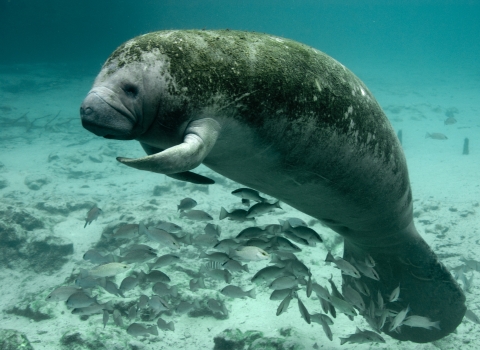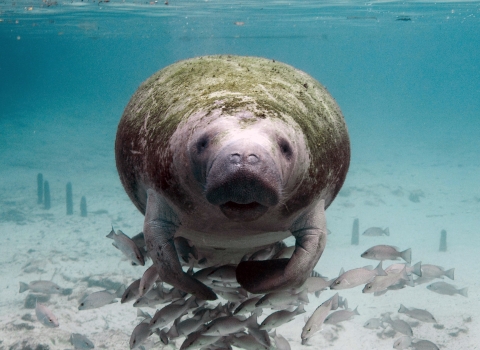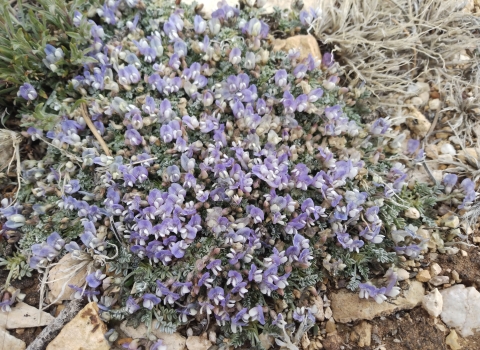The U.S. Fish and Wildlife Service announces the final recovery plan for the relict darter, a small fish species native to the Bayou de Chien watershed in western Kentucky listed as endangered under the Endangered Species Act (ESA). The species was proposed for reclassifying to threatened in March 2022. This recovery plan includes specific criteria for determining when the darter should be considered for delisting, which would remove it from the Federal List of Endangered and Threatened Wildlife. It also lists site-specific actions that will be necessary to meet those criteria and estimates the time and costs required for implementing actions necessary to achieve recovery. The final recovery plan for the relict darter is now available at the following website:
https://ecos.fws.gov/ecp/species/1979
The relict darter was listed as endangered in December 1993 due to habitat degradation, water pollution, and siltation resulting from stream channelization and poor land use practices. Other threats to the species include its limited geographic range, its small population size, and its limited genetic diversity. These threats have led to the species being given a priority number of five, indicating that there is a high degree of threat for the species and recovery potential is low. Recovery actions will focus on protection and management of current populations, conducting surveys to identify new populations, and improving the understanding of the needs of the species through research and monitoring of the population. A captive propagation plan will also be developed to support research and reintroduction efforts.
To promote and support the conservation and survival of endangered species and threatened species, and provide a transparent path to achieving recovery, we and our partners develop and implement recovery plans. Recovery plans are unique to each species and serve as central organizing tools that provide important guidance on methods of minimizing threats to listed species, such as restoring and acquiring habitat, removing introduced predators or invasive species invasive species
An invasive species is any plant or animal that has spread or been introduced into a new area where they are, or could, cause harm to the environment, economy, or human, animal, or plant health. Their unwelcome presence can destroy ecosystems and cost millions of dollars.
Learn more about invasive species , conducting surveys, monitoring individual populations, and breeding species in captivity and releasing them into their historical range. Recovery plans identify measurable and objective criteria against which progress toward recovery of a species can be tracked over time. Recovery plans are guidance and not regulatory documents, and no agency or entity is required by the ESA to implement actions in a recovery plan.
For more information on the relict darter visit the Service’s Species Profile below or contact Dr. Michael Floyd at mike_floyd@fws.gov.
https://www.fws.gov/species/relict-darter-etheostoma-chienense
The mission of the U.S. Fish and Wildlife Service is working with others to conserve, protect, and enhance fish, wildlife, plants, and their habitats for the continuing benefit of the American people. For more information on our work and the people who make it happen, visit www.fws.gov/southeast. Connect with us on Facebook at www.facebook.com/usfwssoutheast, follow our tweets at www.twitter.com/usfwssoutheast, watch our YouTube Channel at http://www.youtube.com/usfws, and download photos from our Flickr page at http://www.flickr.com/photos/usfwssoutheast.



